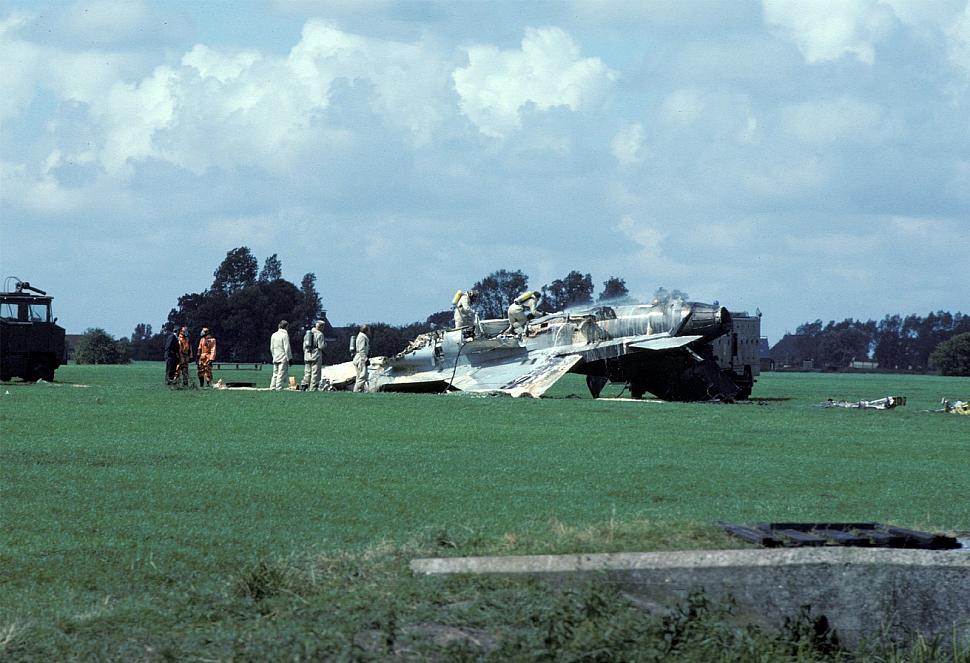
|
F-16 Fleet ReportsF-16 fleet attrition over the years |
Data
This graph shows the yearly attrition of the F-16 fleet, i.e. aircraft written off after mishaps. It shows the absolute number of aircraft lost each year as well as the corresponding attrition rate (airframe losses as a percentage of the active fleet that year). For example, 1979 shows 2 airframes lost, correspondng to a 2% attrition rate (as there were only about 100 active airframes that year). On the other hand, 1991 has a much higher number of airframes lost (36), but a much lower attrition rate (1.29%) as there were much more active F-16s that year.
Disclaimer: This report is generated in real-time from our F-16 Aircraft Database. We strive to keep our database up-to-date and complete, nevertheless for some countries data is hard to verify (e.g. accuracy for the Middle East is only 90%). Please contact us if you have any questions or feedback.
- Horizontal Axis: Years that saw active F-16 service
- Vertical Axis: Number of F-16 aircraft lost to attrition as well as percentage of active fleet lost to attrition
- Series: The bars represent the number of F-16 aircraft lost to attrition each year, while the line represents the percentage of the fleet lost each year
Analysis The F-16s steep learning curve took a heavy toll in the early years. This particular aircraft is a Dutch block 1 which crashed in July 1981 - and was also the first zero altitude ejection. The obvious reason for the higher attrition in the early years is that the airforces needed to gain experience on the F-16. The Viper introduction also presented a steep learning curve as for most airforces the F-16 was a significant leap in technology from earlier generation aircraft (like the F-104, F-5, and F-4). Of course, the number of aircraft lost per year is only one aspect - it's necessary to also take into account how many F-16s were actually in service in that year. The line on the graph above shows the attrition rate as % of the active fleet, for each year. As can be expected, the anual attrition rate is fairly high in the first 5 years at about 2%. By contrast, the F-104 had an overal attrition rate of merely 30% These initial high attrition rates gave the F-16 a reputation of a crash-prone aircraft. Tellingly, the list with unofficial nicknames for the F-16 such as "Electric Jet", also includes "Lawn Dart". After that, the attrition rate declines steadily, dipping below 1% in 1994. Currently, anual attrition rates are typically less than 0.50%, reaching 0.25% in 2008 and an all-time low of 0.18% in 2005. Attrition rates for the F-16 have decreased substantially in comparison with other fighter types in the past. This is due to the fact that after 30 years of service, most air forces have gained a lot of experience on the type. With current introductions (i.e. Greece, Pakistan) only the most experienced fighter pilots - with minimum 1,000 hours in fighters - are allowed to fly the type, while in the early years young pilots with few hours had to be introduced on the type. This way attrition is kept at a all-time minimum. |
|
Note: Errors and omissions in the above text can be added here. Please note: your comments will be displayed immediately on this page.
If you wish to send a private comment to the webmasters, please use the Contact Us link.
